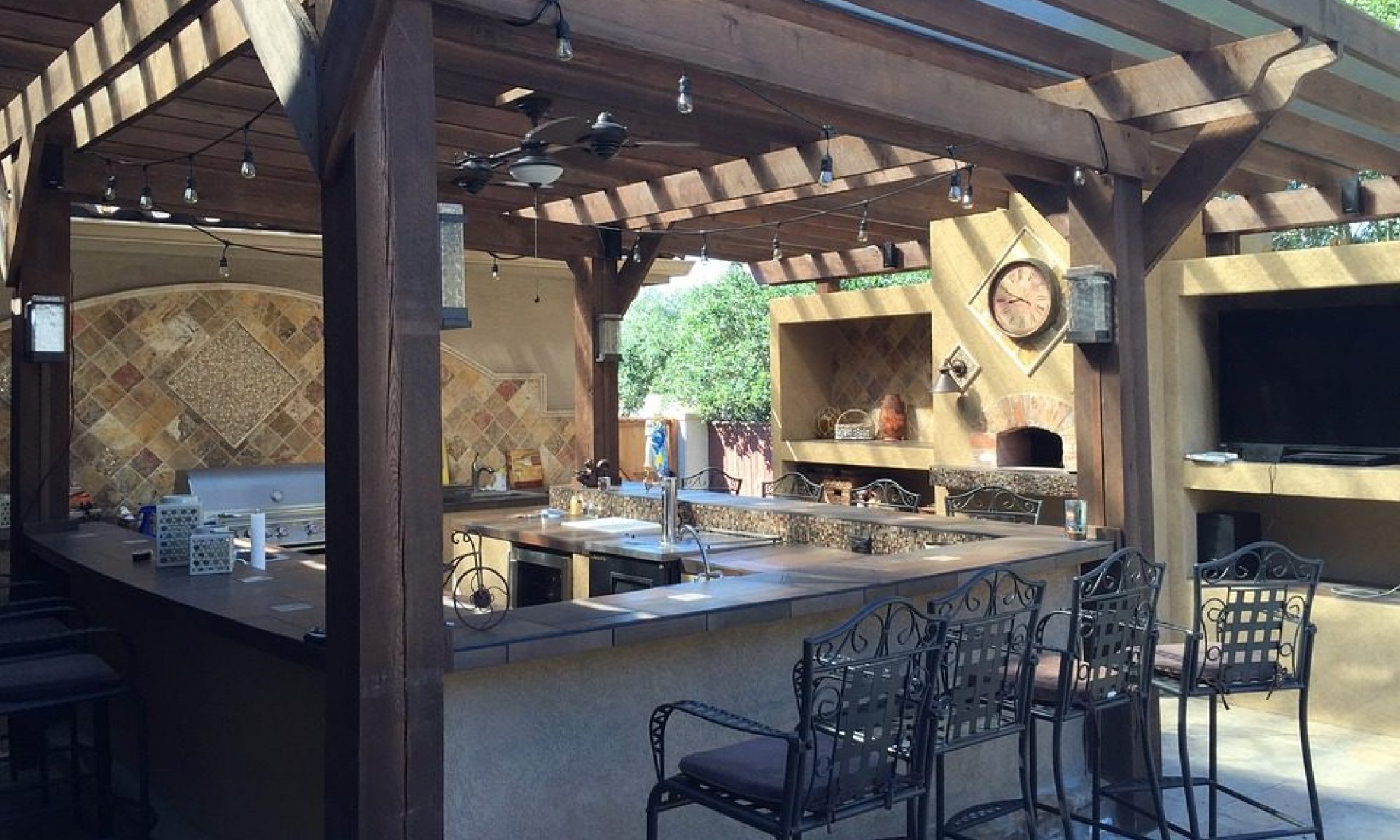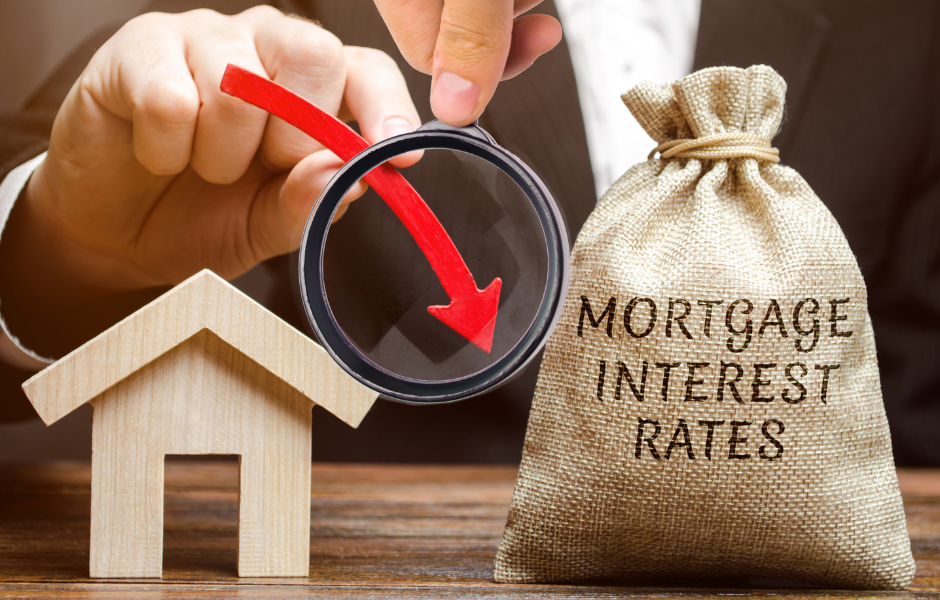Mortgage rates are starting to cool off after nearly hitting 7% in recent weeks. Borrowing costs have eased somewhat and housing affordability is showing signs of improvement—just in time for the spring selling season.
The 30-year fixed-rate mortgage averaged 6.74% this week, Freddie Mac reports. Over the last two weeks, rates have fallen by nearly a quarter of a percentage point. Potential home buyers are responding: Mortgage applications for a home purchase—a gauge of future homebuying activity—rose by 5% in the latest week and have been increasing over the last two weeks as rates have moved lower, the Mortgage Bankers Association reports.
For home buyers looking to purchase a $400,000 home with a 20% down payment, the estimated monthly mortgage payment at this week’s rate equates to about $2,073, says Jessica Lautz, deputy chief economist at the National Association of REALTORS®. Compared to October, when rates surged to a 7.79% average, home buyers can now save about $228 per month, she says.
Mortgage rates in the mid-6% range are encouraging more home buyers to return to the market. “Homebuying activity is showing an increase in buyer demand from last year when buyers were apprehensive of rising rates,” Lautz says. But “more housing inventory is needed to meet the demand.” House hunters are still facing multiple-offer situations as they scramble to compete for low inventory.
Home buyers will continue to watch rates carefully, as they also continue to face record-high home prices. While economists have largely predicted rates to stay in the 6.5% or 6.3% range for most of 2024, week-to-week fluctuations remain a wild card for the housing market. Plus, “despite the recent dip, mortgage rates remain high as the market contends with the pressure of sticky inflation,” says Sam Khater, Freddie Mac’s chief economist. “In this environment, there is a good possibility that rates will stay higher for a longer period of time.”
Freddie Mac reports the following national averages with mortgage rates for the week ending March 14:
- 30-year fixed-rate mortgages: averaged 6.74%, dropping from last week’s 6.88% average. Last year at this time, 30-year rates averaged 6.6%.
- 15-year fixed-rate mortgages: averaged 6.16%, falling from a 6.22% average last week. A year ago, 15-year rates averaged 5.9%.
Source: nar.realtor ~ By: Melissa Dittmann Tracey ~ Image: Canva Pro

